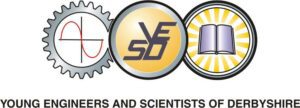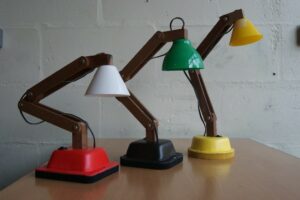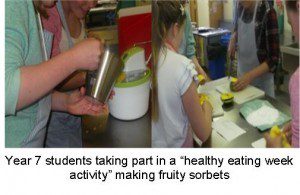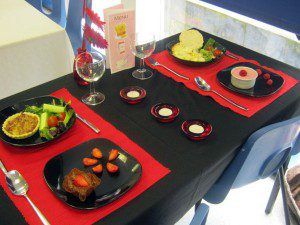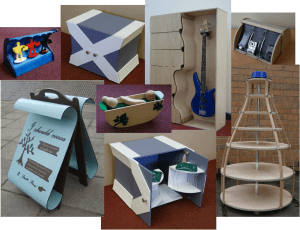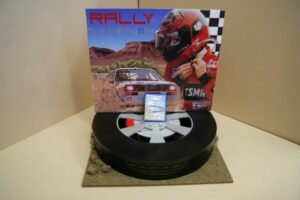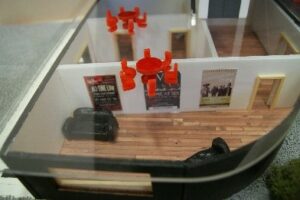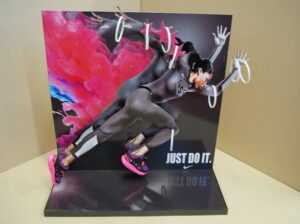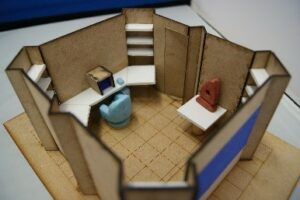Component 1. Principles of Design and Technology. 50% of qualification. 100 marks
Topics 1-7 are common topics to both AS and A level.
1: Materials
2: Performance characteristics of materials
3: Processes and techniques
4: Digital technologies
5: Factors influencing the development of products
6: Effects of technological developments
7: Potential hazards and risk assessment.
Written examination. Exam 2hrs. 100 marks.
The paper includes calculations, short-open and open-response questions. as well as extended writing questions.
Component 2. 50% of qualification. Non-examined assessment. 100 marks
Independent Design and Make Project.
Students to undertake a small-scale design, make and evaluate project in response to a realistic contextual challenge set by Pearson, taking into account the needs and wants of the user. The project consists of a portfolio and a prototype. There are four parts to the assessment covering identification of opportunities for design, designing a prototype, making a prototype and evaluating own design and prototype.
The investigation report is internally assessed and externally moderated.
A2 Course Description (Two years)
Assessment Component 1: Principles of Design and Technology, 50% of qualification
Topics 1-12:
1: Materials
2: Performance characteristics of materials
3: Processes and techniques
4: Digital technologies
5: Factors influencing the development of products
6: Effects of technological developments
7: Potential hazards and risk assessment
8: Features of manufacturing industries
9: Designing for maintenance and the cleaner environment
10: Current legislation
11: Information handling, Modelling and forward planning
12: Further processes and techniques.
Written examination. 120 marks. Exam 2hrs 30 mins.
The paper includes calculations, open-response questions and extended writing questions.
Assessment Component 2: Independent Design and Make Project. 50% of qualification
Students will produce a substantial design, make and evaluate project which consists of a portfolio and a prototype.
There are four parts to the assessment covering the identification of a design problem, developing the design, making the prototype and evaluating both the design and the final prototype.
Non-examined assessment. 120 marks
The investigation report is internally assessed and externally moderated.
Product Design – Graphic Design
Graphic Design GCE is a popular choice for those who are interested in developing problem solving and creative design skills relevant to the commercial fields of Advertising, Branding and Information Design. An emphasis is placed on designing, communicating and modelling concepts using hand, machine and CAD/CAM techniques.
Advertising includes communicating information, arousing interest, brand recognition. Also, corporate identity, logo design, web-based and digital advertising and the use of social media. Photography, animation and video.
Illustration includes the development of visual outcomes designed to enhance understanding of text or other forms of communication. Encompassing a very wide range of media and equipment use and purpose.
Branding includes the development and construction of three-dimensional prototypes, considering sustainable or renewable materials. Also, the legal requirements for information that must be included on packaging, and for barcoding and tracking.
Information Design includes the requirements for digital and print-based products, such as magazine design, newspaper design, web page design, leaflet and poster design. Also, 3D digital graphic techniques, creating and applying textures and lighting effects.
Interface design, web-based, projection, touch-screen, mobile phones, DVD, downloadable content.
Students will be required to work in one or more of the disciplines to communicate their ideas. By working across disciplines, they will extend their understanding of the scope of graphic communication; by focusing on one discipline, they will gain a deeper understanding of specific processes within graphic communication.
For the purposes of this qualification, graphic communication is sub-divided into the following four disciplines: advertising , illustration, branding & information design.
Assessment component 1 : Personal Investigation
Paper codes: 8GC0/01
Internally set, assessed by the teacher and externally moderated. 50% of the total qualification.
This component allows students opportunities to generate and develop ideas, research primary and contextual sources, record practical and written observations, experiment with media and processes, and refine ideas towards producing personal resolved outcome.
Assessment incorporates supporting studies and practical work and will comprise a portfolio of development work and outcomes based on themes and ideas developed from personal starting points.
Assessment component 2 : Externally Set Assignment
Paper codes: 8GC0/02,
Externally set, assessed by the teacher and externally moderated. 50% of the total qualification.
This component allows students opportunities to generate and develop ideas, research primary and contextual sources, record practical and written observations, experiment with media and processes, and refine ideas towards producing personal resolved outcome(s) in response to an externally set theme.
Assessment incorporates two major elements: preparatory studies and the 10–hour period of sustained focus used to produce a final outcome.
There are no written examinations for the AS or A2 in Visual Communication
The full range of design fields are considered including; promotional materials, architecture, vehicle design; interior design, garden design.
